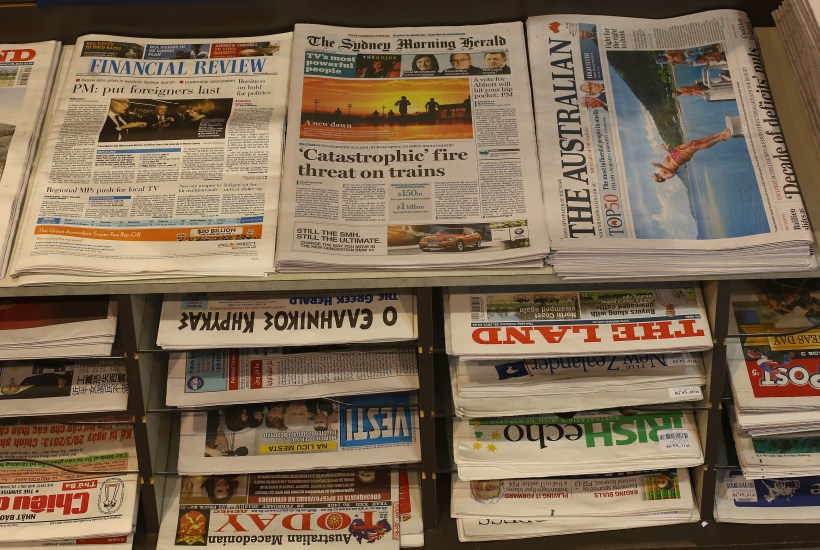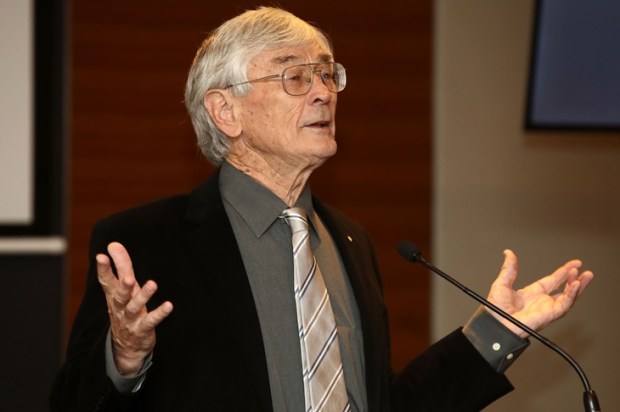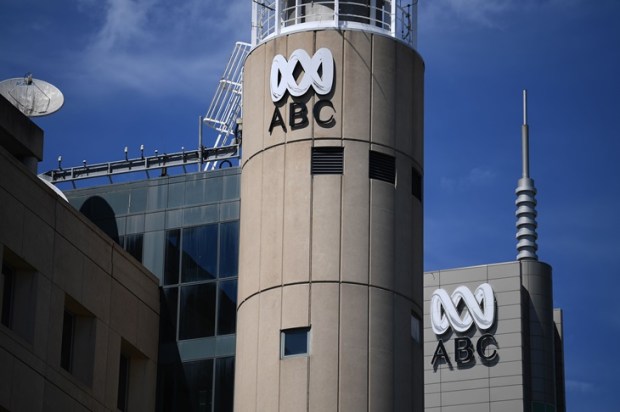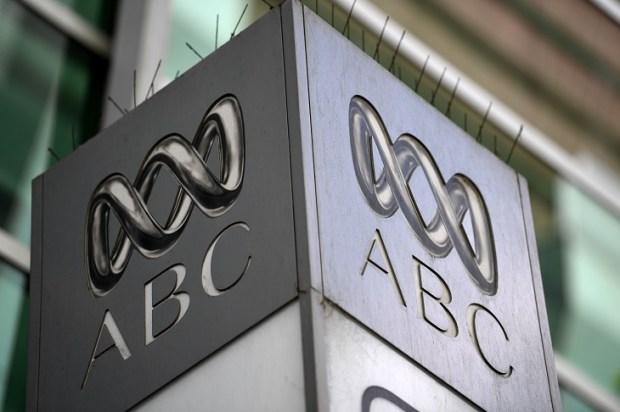The Australian media have always been subject to competition law. So why should there be special laws about their structure? In a democracy, licensing of the print media would be abhorrent – there can be no justification for this and the legitimate fear would be that licensing would only be used to gag the press.
However, when radio and television broadcasting were introduced, the fact that the spectrum was limited demanded the government introduce a system of licensing. Different models emerged. The European model involved government broadcasting, while the United States and Australia introduced commercial broadcasting. The British model, that of an independent public broadcaster, gained widespread admiration. This model was introduced into Australia alongside commercial broadcasting. Gradually, the Australian model of public and commercial broadcasting was adopted in many other countries, including the United Kingdom.
In 1987, Paul Keating announced a new media policy in which the limit on owning only two television stations was abandoned. Instead, media moguls would have to choose between being ”a Prince of Print or a Queen of the Screen”. So proprietors could not own a newspaper and television station in the same licence area. In addition, no television network could access more than 75 per cent of the national TV audience.
A widespread view at the time was that this was devised to reward the government’s media “mates”, while at the same time punishing its enemies. True or not, the principal media enemies, Herald and weekly Times and Fairfax suffered. HWT was taken over by Murdoch, then a “mate”, with Fairfax, then an enemy, weakened.
Much of the political attachment to the cross media rules has to be understood through the prism of some politicians’ hatred and fear of some or other media mogul, in particular, Kerry Packer and Rupert Murdoch. But the usual official justification for the cross media rules is that this is a guarantee against the further concentration of the media. If so, it didn’t work.
The Howard government made two changes in 2007. One was to remove the 25 per cent foreign ownership which Keating had used to deny Conrad Black a controlling interest in Fairfax. The other was to allow media corporations to own up to any two forms of media – radio, TV or print – in a licence area. As with every other change in media law, this led to a frantic series of media acquisitions.
With the development of new media, including subscription television and the internet, any justification for the cross media rules disappeared. The Gillard government’s examination of the need to take into account these developments and modernise media law was completely overshadowed by an obvious attempt to gag the media after the Finkelstein enquiry. This put all of the commercial media offside. To their great credit, they seemed more interested in freedom of the press that in the removal of the regulatory shackles on the broadcast media.
The government’s reforms today are to end the cross media rules but to retain the obscure ‘diversity floor’ of a minimum of four ‘voices’ under what is usually referred to as the ” five-four rule”. This requires that at least five independent media groups must at all times be present in metropolitan commercial radio licence areas and four independent media groups in regional commercial radio licence areas. This will only be of relevance in smaller markets.
The reforms will extend and increase the existing local content obligations for regional commercial television licensees which are taken over by major media broadcasters. This will be enhanced by grants to regional media proposed by Senator Xenophon.
Probably the most serious problem confronting the media today has been the emergence of the barnacle media who feed on the newspapers. The newspapers remain, with the ABC, the media which undertake the crucial and fundamental task of pouring large resources into investigations and reporting. Commercial radio uses much of its resources in providing highly personalised commentary which attracts very large audiences. As such, radio commentators can reflect views outside of the narrow more politically correct range of views which emerge from the commentariat. Thus radio provides an alternative view on important matters where the mainstream media can be almost unanimous. A current example relates to the Renewable Energy Target in the context of the theory that man-made carbon dioxide emissions are responsible for significant global warming. Accordingly, commercial radio plays a singular role in informing the public and influencing debates about matters of relevance to the nation.
On the other hand, commercial television puts limited resources into funding investigative reporting. Television news is presented as both informing and entertaining viewers, with political reporting usually consisting of a reference to a member of the Canberra press gallery where the events of the day are often seen through the prism of a more left-wing agenda.
The problem of a barnacle media applies also in the digital area. There, the newspapers are confronted by the fact that the material they have created is used by the dominant international digital interests, Google and Facebook who then reap the advertising rewards from the newspapers’ work. The newspapers are also faced with digital competition from the public broadcasters, especially the ABC. Given that the ABC is funded by the taxpayers primarily as a broadcaster, the newspapers understandably regard this as unfair competition.
Senator Hanson has obtained the government’s agreement to an enquiry concerning the barnacle media and on the role of the ABC. The government has also agreed with her that the charters of both public broadcasters require that their reporting be “fair and balanced ”. This is no doubt in response to the widespread view that ABC programs often seem to be slanted towards a left-wing political agenda. There will also be a requirement that the ABC publish the incomes of those earning over $200,000.
Overall the changes are realistic. The restraints on ownership were artificial. If the purpose of this were to enhance the freedom of the press, they achieved nothing.
As for the barnacle media, it is notoriously difficult to persuade people that if they want a free and independent media they will have to pay for access to the newspapers.
The national broadcaster presents a separate problem. Not only is there a widespread view that too many programs present comment through a left-wing prism, the ABC seems reluctant especially on television, to deliver programmes in those areas which are little served by other media. These range from high culture and drama to sports, hobbies and interests not seen on commercial television, including different levels of sports. There is also the appearance that the ABC is too Sydney-oriented and is inclined to chase ratings, providing programs which commercial broadcasting provides. None of this is addressed in the reforms.
In addition, although there is an extension of licensing for community television, there seems no attempt to revive what has been lost, for example in Perth. Community television can provide yet another view to Australians. In the meantime, SBSTV appears to have gone off into commercial ventures of its own little to do with its charter.
Structurally the reforms are sensible, but ones the public will hardly notice.
The future vitality of the Australian press is a far more serious problem as is the role and function of the public broadcasters. Neither is addressed.
David Flint is a former head of the Australian Press Council and one-time chair of the Australian Broadcasting Authority.
Got something to add? Join the discussion and comment below.
Got something to add? Join the discussion and comment below.
Get 10 issues for just $10
Subscribe to The Spectator Australia today for the next 10 magazine issues, plus full online access, for just $10.


























Comments
Don't miss out
Join the conversation with other Spectator Australia readers. Subscribe to leave a comment.
SUBSCRIBEAlready a subscriber? Log in